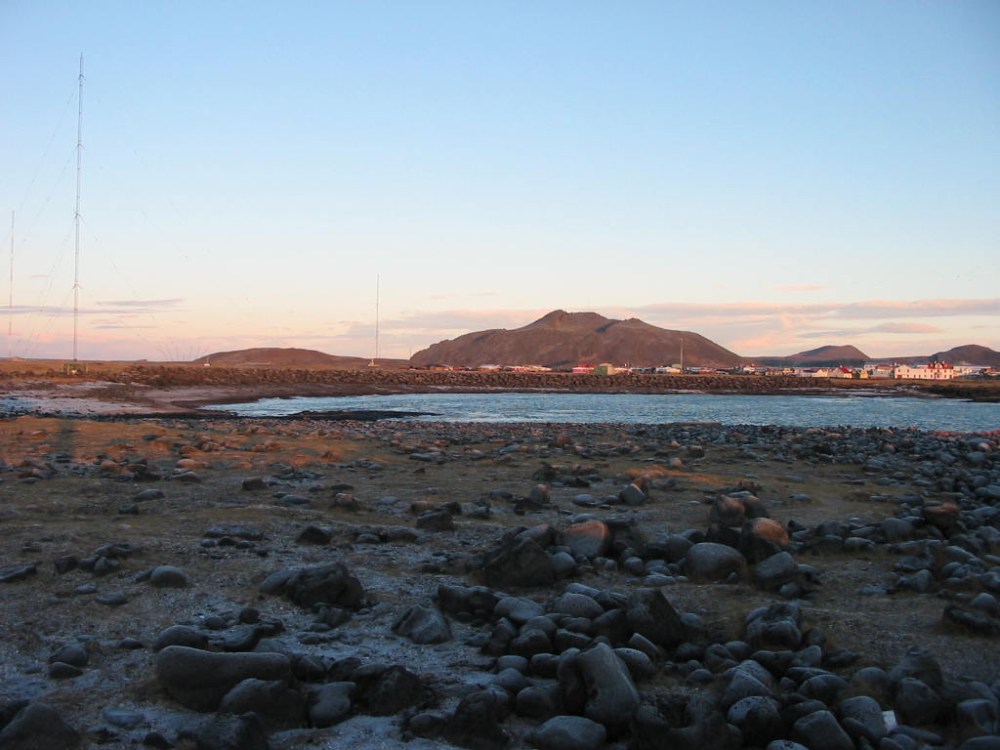An eruption is unlikely, but Iceland’s Þorbjörn volcano is still stirring
Seismic activity on the southwestern Reykjanes Peninsula is tapering off, but advisories remain in place.

Icelandic public safety officials are warning against visiting a popular tourist destination on the Reykjanes Peninsula amid a sharp increase in seismic activity in the region that has been underway since January.
The warning was issued after weekly gas measurements showed hazardous levels of carbon dioxide and low amounts of oxygen in the Eldvörp caves, as well as in a nearby parking lot. No carbon dioxide had been registered in the previous week’s measurement.
The latest measurement was taken the same day as a swarm of 200 minor earthquakes were registered. None of the earthquakes could be felt. But while Veðurstofa Íslands, the Icelandic weather office, said earthquake storms were not unusual in the area, it reported that the most recent storm was more than twice as large as one the previous previous week.
[Iceland unveils a memorial plaque for the first glacier it has lost]
To date, as many as 2,000 minor earthquakes have shaken the area. Most have had their epicenter located close to the town of Grindavík, where measurements of the surrounding area show that the ground has risen about 2 inches (5 centimeters) due to a buildup of magma beneath the surface of Þorbjörn, a small volcano.
“Earthquake swarms are quite common and in the area, which is tectonically very active. But the fact that rapid inflation is occurring alongside the earthquake swarm is a sign of concern and requires closer monitoring,” Andrej Flis, of Severe Weather Europe, told Express, a British news outlet.
The presence of carbon dioxide in the caves, according to Veðurstofa Íslands, is related to the seismic activity, but not an indication that an eruption is more or less likely.
Despite the latest swarm the expectation is that the increased activity seen over the past month is losing steam after the number of earthquakes declined to 500 last week, down from 700 the week before. Nevertheless, Veðurstofa Íslands is still keeping a close eye on Þorbjörn, according to Kristín Jónsdóttir, a natural-disaster specialist.
“It was something that started unusually abruptly compared to what we have seen before in Iceland,” she said.
https://www.youtube.com/watch?v=gC68PvXC3Lo
Airlines operating from nearby Keflavík Airport have been warned of “elevated unrest,” and that they should follow developments closely, but so far there has been no impact on flight departures or arrivals.
In 2010, a minor eruption of the glacier-capped Eyjafjallajökull volcano led to huge disruptions in air travel when 20 countries closed their airspace to commercial jet traffic due to concerns that ash ejected into the atmosphere would cause engines to fail.
An eruption of Þorbjörn, by contrast, would be unlikely to cause major problems for aviation, due to a limited amount of ash-producing ice or water.
Below, drone footage from the area around the craters of Eldvörp: